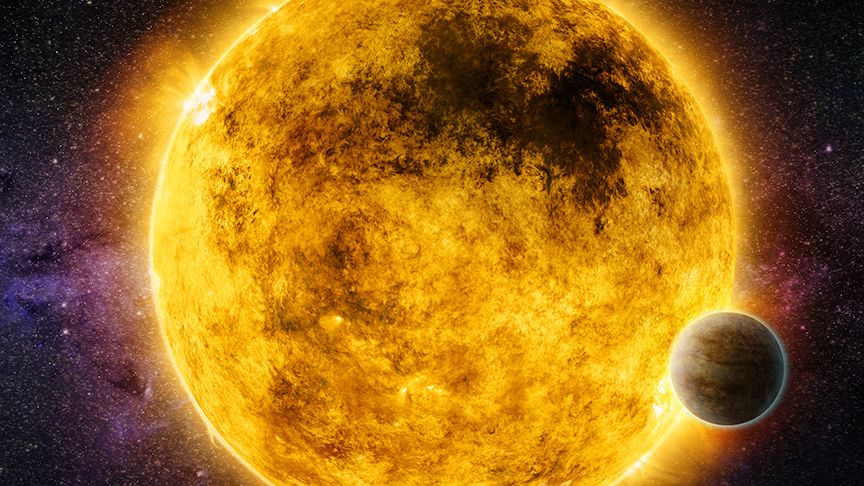The Search for Habitable Exoplanets Continues
The quest to find life beyond Earth is a never-ending journey. Astronomers are now using NASA’s Chandra X-ray Observatory and the European Space Agency’s XMM-Newton to contribute new research to this ongoing search. Their main goal is to lay the groundwork for future projects that could potentially discover habitable exoplanets.
Studying X-ray Emissions from Nearby Stars
One of the key aspects of this research is using Chandra to study the radiation emitted from nearby stars. By analyzing X-rays and ultraviolet light levels, astronomers hope to determine if an exoplanet orbiting those stars could be habitable. High levels of X-rays and ultraviolet light could potentially damage an exoplanet’s atmosphere, making it less likely to support life as we know it.
“Characterizing X-rays from the host star is crucial to understanding whether a planet is truly habitable or not,” explained astronomer Breanna Binder of California State Polytechnic University, who led the exoplanet study. “We need to assess the X-ray doses these planets are receiving to make informed decisions.”
Identifying Potentially Habitable Environments
So far, the research team has analyzed 57 nearby stars, focusing on the brightness, energy, and variability of their X-ray emissions. Research scientist Sarah Peacock from the University of Maryland, Baltimore County, highlighted the importance of their findings. “We have found stars where the X-ray radiation in the habitable zone is similar to or even milder than Earth’s. This could be crucial for sustaining a rich atmosphere like ours.”
While only a few of the 57 stars studied have known habitable exoplanets, astronomers believe there are many more waiting to be discovered. With over 5,500 confirmed exoplanets and nearly 10,000 candidates under evaluation, the possibilities are vast. It’s estimated that there could be billions of exoplanets in the Milky Way galaxy alone.
Prioritizing Targets for Future Telescopes
Astrobiologist Edward Schwieterman from the University of California at Riverside emphasized the importance of these findings for future telescopes. “We’re uncertain how many Earth-like planets will be discovered, but we know that observing them will be challenging. These X-ray data are helping to refine and prioritize our targets, potentially leading to the first image of an Earth-like planet.”
Stay updated with the latest space news, rocket launches, and skywatching events to follow the exciting progress in the search for habitable exoplanets!
Image/Photo credit: source url





